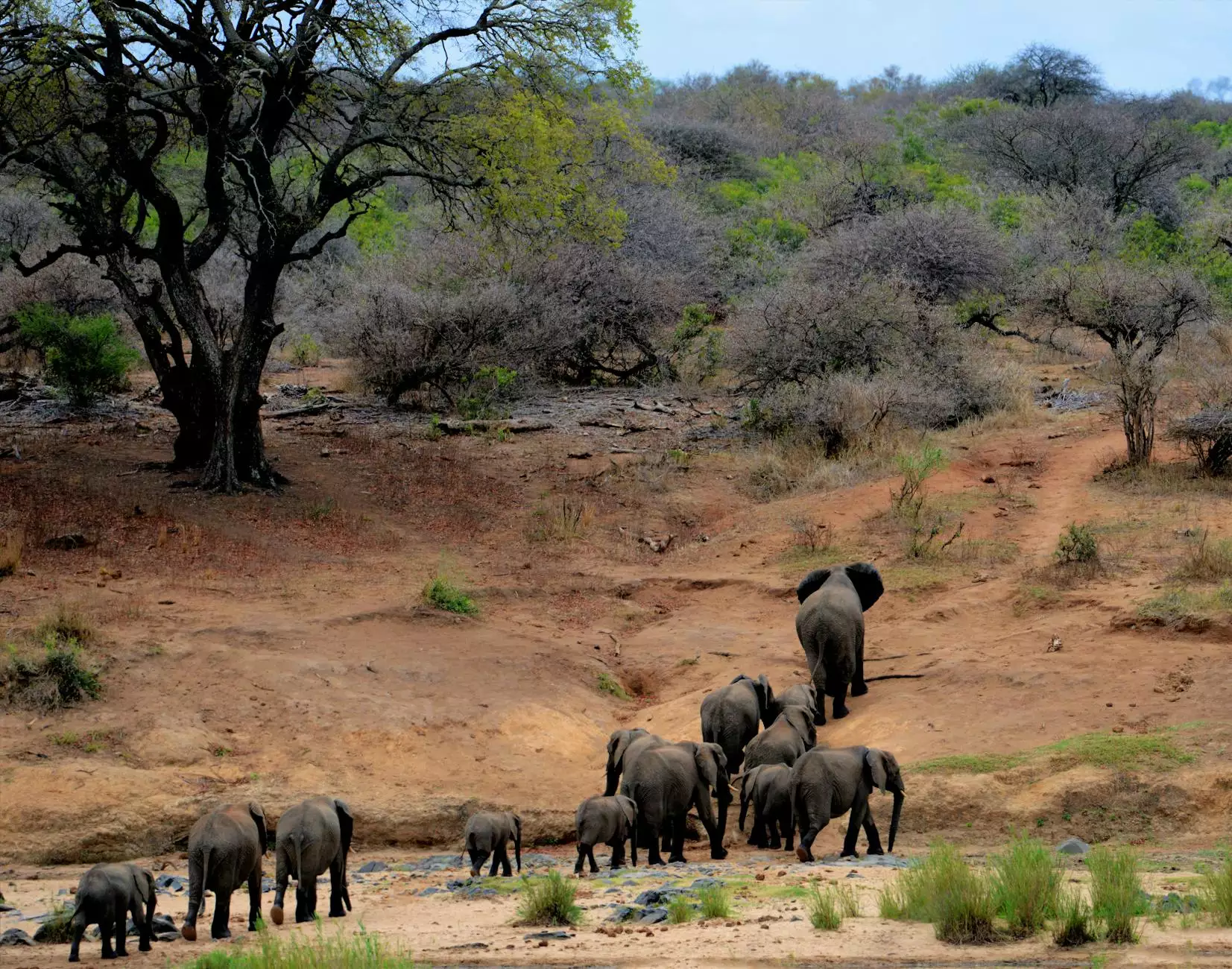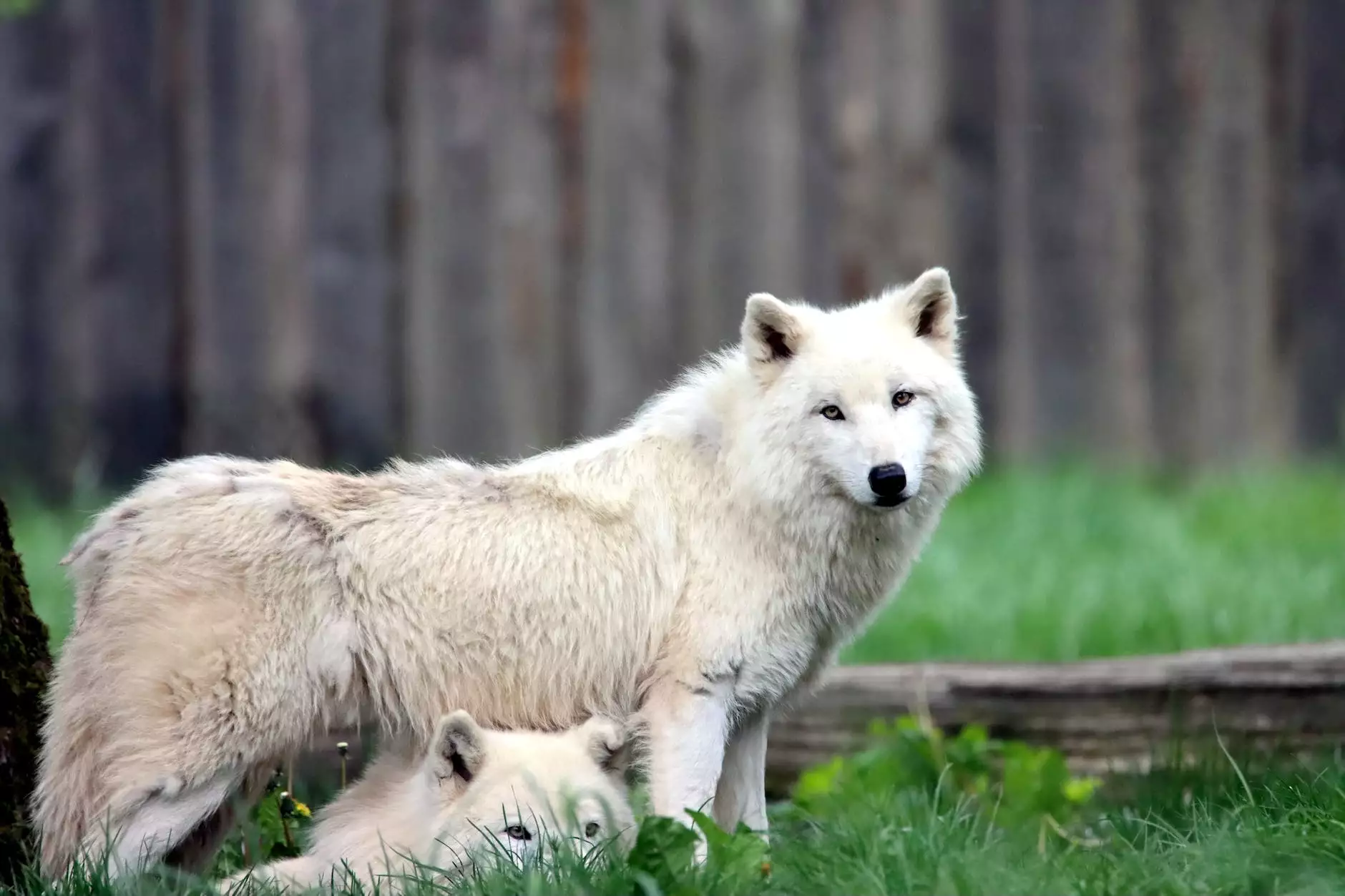Rarely Spotted: Northern Spotted Owls
Blog
Welcome to Butterflies R Us Mobile Training, your trusted source for learning about the wonders of nature. In this comprehensive guide, we will explore the enigmatic Northern Spotted Owls, a rare and captivating species of owls that mesmerize both avid birdwatchers and nature enthusiasts.
About Northern Spotted Owls
The Northern Spotted Owl (Strix occidentalis caurina) is a medium-sized, dark brown owl with white spots found exclusively in the old-growth forests of North America's Pacific Northwest. Known for their unique hoots and striking appearance, these owls have captured the curiosity of researchers and conservationists alike.
Habitat: Northern Spotted Owls primarily inhabit dense forests with high canopy cover, often located at elevations between 100 and 6,500 feet. They prefer mature forests with a diverse range of tree species, including Douglas-fir, Western Hemlock, and Pacific Silver Fir.
Physical Characteristics: Adult Northern Spotted Owls measure between 16 and 19 inches in length, with a wingspan ranging from 42 to 43 inches. They boast dark brown feathers with prominent white spots, which provide excellent camouflage in their natural habitat. Their round facial disks aid in funneling sounds to their ears, enabling them to accurately locate hidden prey.
Behavior and Diet
Northern Spotted Owls are primarily nocturnal creatures, meaning they are most active during the night. They spend their days roosting in dense foliage, utilizing the camouflage of their plumage to blend seamlessly with their surroundings and evade predators. These elusive birds are known for their silent flight, allowing them to navigate the forest undetected.
Diet: Their diet mainly consists of small mammals, such as mice, squirrels, and rats. However, they also feed on various bird species, insects, and occasionally fish.
Reproduction: Breeding occurs between February and May, with Northern Spotted Owls engaging in elaborate courtship displays. A typical clutch size consists of 2-3 eggs, which are incubated by the female for approximately 30 days. The young owlets fledge after around 35-40 days and reach maturity at 9-12 months.
Conservation Efforts
Due to habitat destruction and competition with the more aggressive Barred Owls, the Northern Spotted Owl population has faced significant decline over the years. Understanding the critical importance of preserving these magnificent creatures, numerous conservation efforts have been put in place.
Protecting Their Habitat: Organizations and government agencies are actively working to conserve and restore old-growth forests, ensuring the Northern Spotted Owls have a suitable habitat to thrive.
Conservation Breeding Programs: Specialized breeding programs aim to increase the population size of Northern Spotted Owls in controlled environments, with the goal of reintroducing them into the wild once suitable habitats are available.
Public Awareness and Education: By raising awareness about the plight of these owls, organizations like Butterflies R Us Mobile Training contribute to educating the public on the importance of preserving their natural habitat and taking steps towards conservation.
Join Us in Protecting the Northern Spotted Owls
At Butterflies R Us Mobile Training, we are passionate about connecting people with nature and fostering a sense of responsibility for the preservation of species like the Northern Spotted Owls. By joining our training programs and educational initiatives, you can play an active role in conservation efforts.
Discover the awe-inspiring world of the Northern Spotted Owls and embark on a journey of knowledge and appreciation for these remarkable creatures. Together, let's ensure a future where these rarely spotted owls continue to grace our forests with their beauty and presence.




